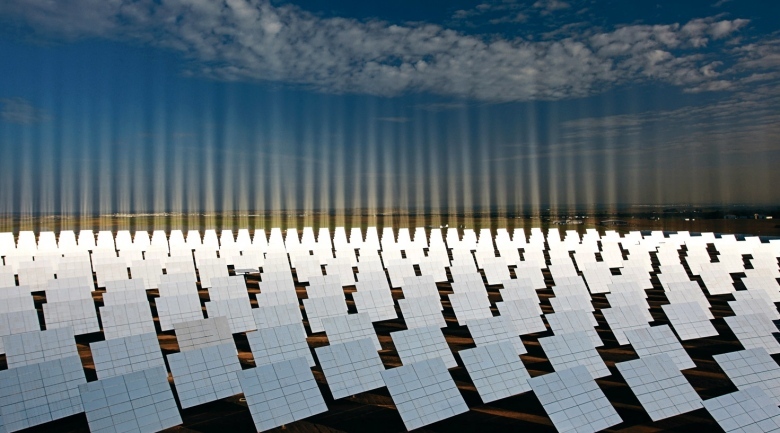
In a recently released vision of the future, Thomson Reuters analysts predict solar power will be the dominant form of energy by 2025. Further, the report states genomic testing and manipulation will be common and lead to better prevention and treatment of diseases. Cancer treatments will be more targeted and less toxic. The world’s infrastructure will be smart, connected, and responsive to our needs.
We’ll no longer grapple with food shortages and price volatility. And scientists will begin experimenting with teleportation of stuff, if not humans. The report is an extrapolation of today’s emerging technologies. To make their predictions, analysts combined the most cited scientific articles over the last few years with a study of which fields are attracting the most patents. Of course, predicting the future is a tricky business.
We tend to expect too much or too little of known technologies and get blindsided by unforeseen developments. The nearer you get to the present and the broader your brush, the more likely you’ll be right (more or less). The farther away or more detailed the forecast, the faster your guesses look myopically quaint even a few years down the line.
How will this list hold up? Impossible to say. We think a few notable technologies are missing. The list includes electric vehicles (in the air and on the ground) but doesn’t discuss self-driving vehicles. It predicts a far more interconnected, smarter world, but devotes short shrift to the intelligent programs making it possible. And nowhere will you find mention of robotics and automation or 3D printing.
Additionally, while we agree that more tailored drugs and genetic treatments will likely become the norm, it seems slightly premature to include the testing of quantum teleportation on the list. And of course, there’s always room for an iPhone or Internet-like development that’s on few people’s radar currently.
Without further ado, however, the list: (Read the original article – go on, its worth it!)
